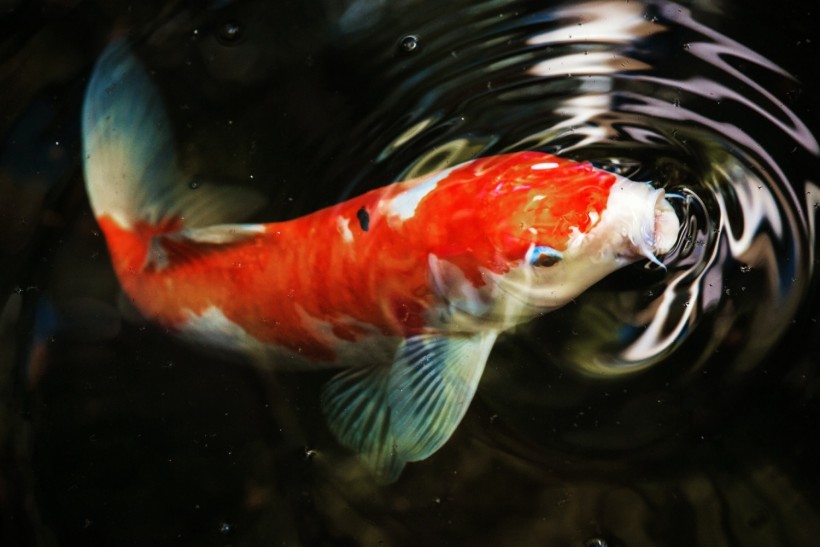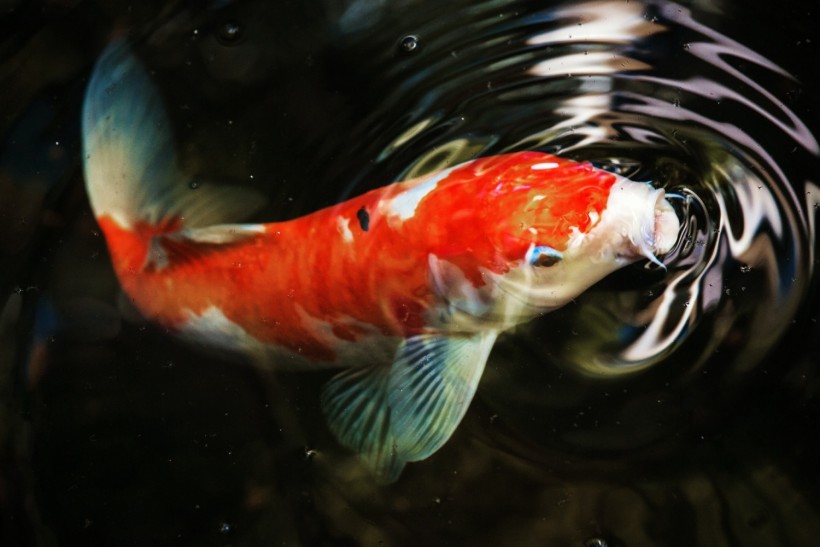[ad_1]
Fish breathe underwater and scientists have known for the longest time that these aquatic animals use their special feathery organs called ‘gills’ to do this process, mainly by removing oxygen from the water. Through this, the fish breathes by taking water into its mouth and forcing it out again through the passages of its gills. As water passes, dissolved oxygen is transported to the blood and cells of the fish.
Unlike fish, air-breathing mammals like humans are unable to breathe underwater since water will only fill the air sacs of the lungs, which need to be dry always for it to function. This means that a terrestrial organism like us can only temporarily stay underwater and hold its breath before resurfacing again. However, amphibians like frogs and toads are exceptional, since they can live both in water and on land.
How Do Fish Breathe?

(Photo : Photo by Jason Leung on Unsplash)
As mentioned earlier, fish breathe underwater through their gills located just behind its head on each side. The dissolved oxygen is absorbed from- and carbon dioxide is released back- to the water. Consisting of thousands of small blood vessels, the fish respiratory system also has filaments of tissue that are crucial for gas exchange that are vital to the aquatic organisms.
On its external appearance, the gills appear to resemble open, vertical stripes on the surface of the fish’s scaly skin. This is different to the respiratory systems of land-dwelling animals, including humans and other mammals, whose breathing organ is in tact inside their bodies. Still, both aquatic and terrestrial organisms need oxygen in order to breathe, function, and survive.
For instance, predatory fish like some species of sharks need to swim constantly to allow oxygen-rich water to flow over their gills. Meanwhile, other sharks can pass water through their fish respiratory systems via a pumping motion of their pharynx, according to the Florida Museum.
Also Read: Diving Birds That Are Highly Specialized and Hence Less Adaptable To Shifting Conditions May Be More Vulnerable to Extinction
Why Oxygen is Important?
Since oxygen is the common denominator in the respiratory aspect of fish and humans, one might wonder what is behind this chemical element that most living things need. The answer is simple, the majority of land, freshwater, and oceanic organisms need oxygen to grow, reproduce, and for respiration, which is the biochemical process that generates energy from consumed food.
The American Museum of Natural History (AMNH) specifies that oxygen provides our cells the ability to break down food for the energy we need to survive or a process called the oxidation of food. In addition, oxygen is also essential for the brain, where the gas allows our cognitive system to function.
Ocean Deoxygenation
The same health benefits also go for fish even if it only acquires oxygen through water. However, over the past several decades, scientists have observed reduced oxygen levels in some parts of the oceans due to climate change-driven ocean warming and ocean acidification.
In addition to warming, nutrient inputs from agriculture or raw wastewater are also a major cause for ocean deoxygenation or oxygen loss in coastal areas, according to the Scripps Institution of Oceanography.
Related Article: New Study: Prehistoric Fishes Had Limbs and Developed Lungs, Similar to Humans
© 2024 NatureWorldNews.com All rights reserved. Do not reproduce without permission.
[ad_2]




